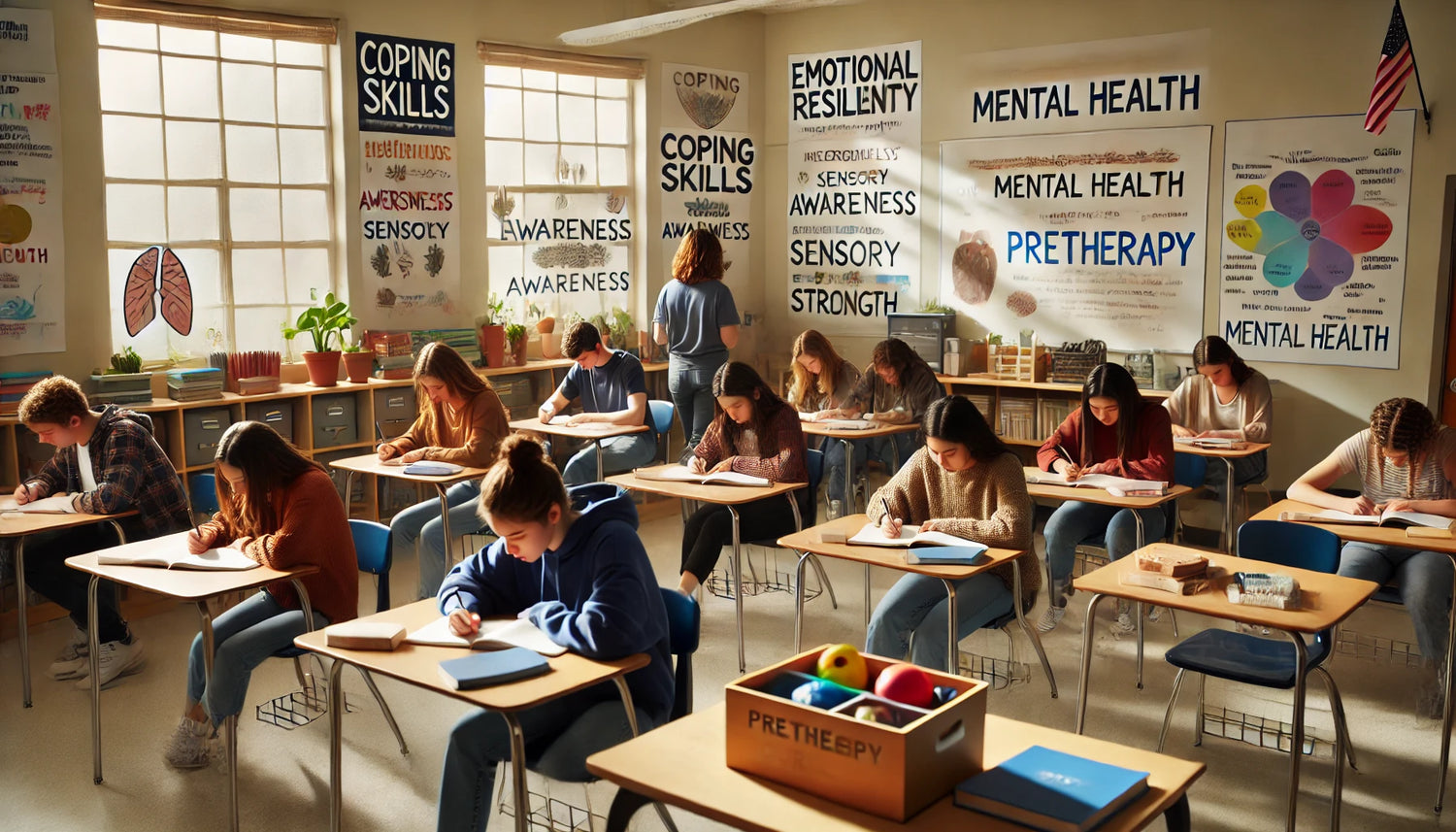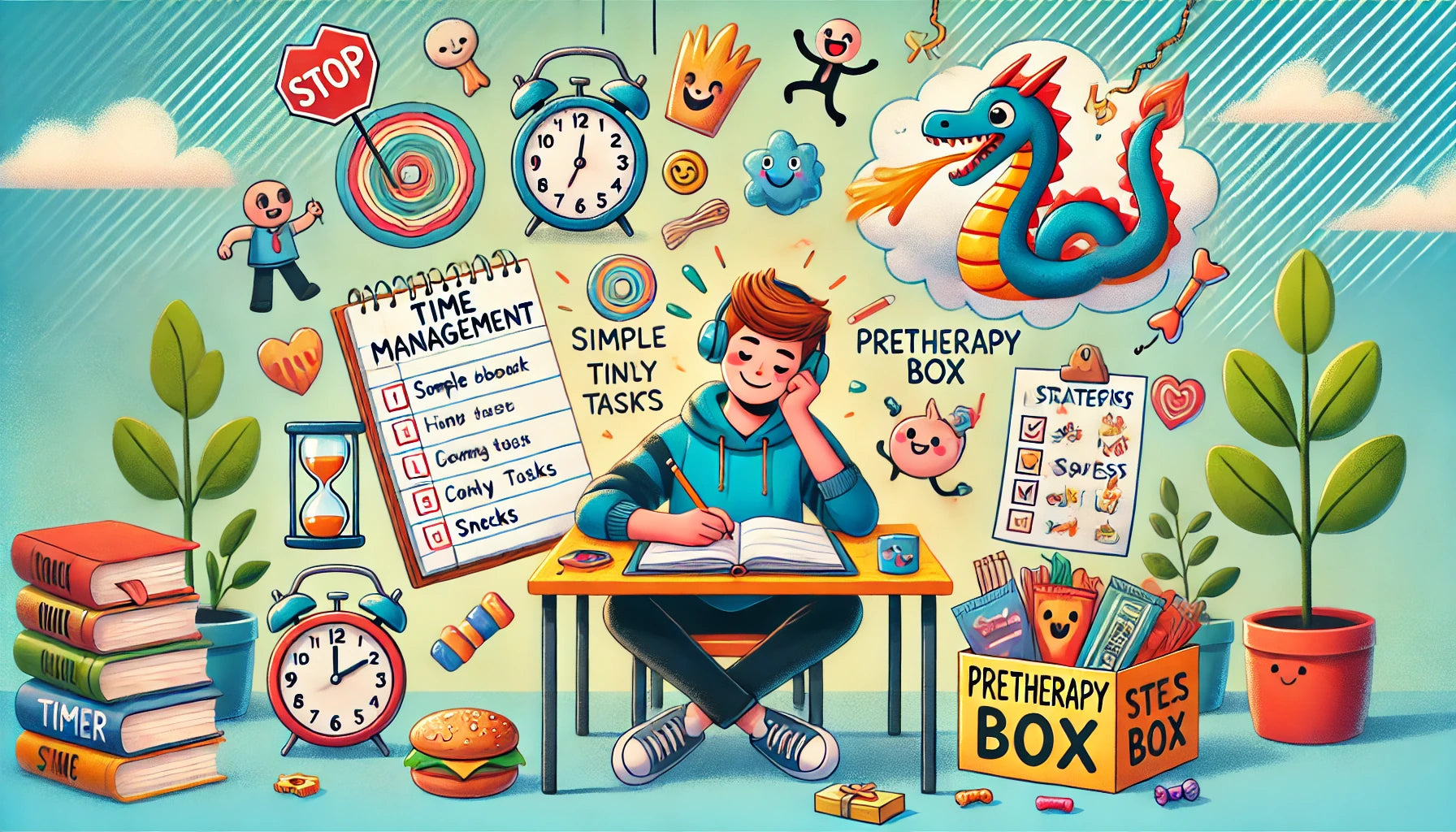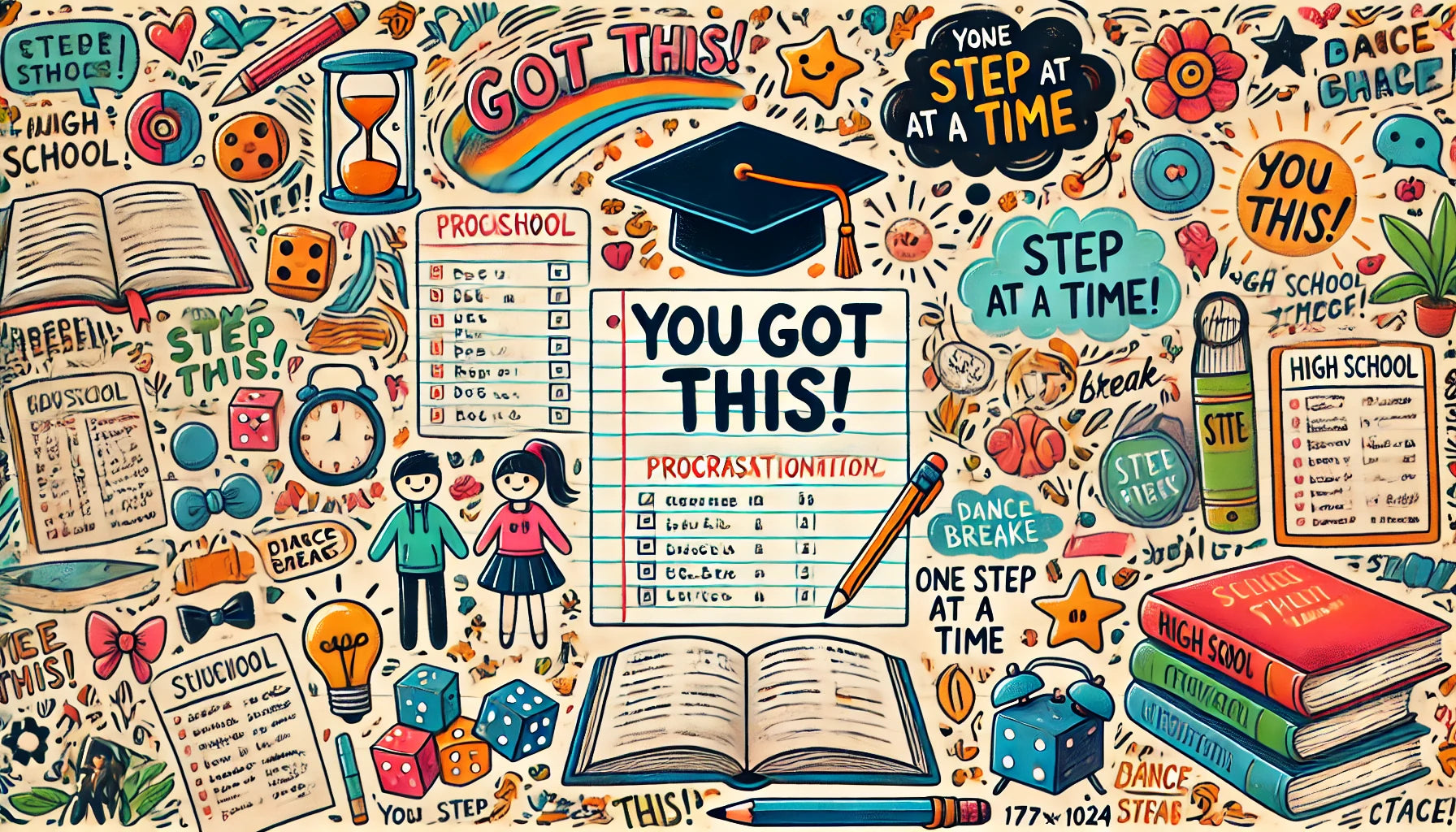Supporting the mental health and emotional well-being of high school students is more important than ever, especially as they navigate the complex challenges of academic pressure, social dynamics, and personal development. By integrating mental health lessons into existing curricula, educators and counselors can help students develop emotional resilience, a skill that will serve them well beyond their school years.
One of the most effective ways to support students in this journey is through reflective journaling. This process not only helps students develop self-awareness but also teaches them how to regulate their emotions and build healthy coping strategies. Below is a structured journaling activity designed to enhance emotional resilience, making it a valuable tool for teachers, counselors, and community programs alike.
Reflective Journaling Activity: "Understanding and Strengthening Emotional Resilience"
Objective:
Students will explore their emotional responses to stressors, identify coping mechanisms, and reflect on ways to strengthen their emotional resilience.
Materials Needed:
- Journals or notebooks
- Pens or pencils
- Quiet space for reflection
Duration:
45-60 minutes
Instructions for Educators:
-
Introduction to Emotional Resilience:
Begin by introducing the concept of emotional resilience. Explain to students that emotional resilience is the ability to adapt to stressful situations or crises. When we are resilient, we are able to bounce back from hardships, and we grow stronger in the process. Share examples that might resonate with high school students, such as managing academic stress, handling peer pressure, or dealing with personal conflicts. -
Prompt 1: Identifying Stressors
Ask students to reflect on a recent situation that made them feel stressed, upset, or overwhelmed. In their journal, they should describe the event and how it made them feel. Encourage them to be specific about their emotions (e.g., anxious, frustrated, sad) and to avoid simply labeling the event as “good” or “bad.”
Example Prompt: "Think about a time when you felt really stressed or upset. What happened? How did it make you feel? Try to name specific emotions you experienced." -
Prompt 2: Exploring Coping Mechanisms
After students have described the event and their emotions, ask them to reflect on how they responded. Did they withdraw, talk to someone, procrastinate, or perhaps engage in a calming activity like listening to music? This step helps students recognize their current coping strategies—whether they are helpful or not.
Example Prompt: "How did you cope with the stressful situation? Did you talk to someone, distract yourself, or try something else? Was your coping strategy helpful or not?" -
Prompt 3: Building Emotional Resilience
Next, guide students to think about how they might strengthen their emotional resilience for the future. Ask them to brainstorm healthier coping strategies or resources they could turn to during challenging times, such as physical activity, journaling, deep breathing, or seeking support from a trusted adult.
Example Prompt: "Looking back, what could you do differently next time to handle stress in a healthier way? What are some positive coping skills you can use?" -
Optional Group Reflection:
Depending on the classroom dynamic, consider inviting students to share their reflections (voluntarily) in pairs or small groups. This helps normalize conversations about emotions and reinforces the idea that everyone experiences stress and can build resilience.
Pretherapy Box: Preparing Before You Need to Repair
As students reflect on their emotions and coping strategies, this is also an excellent time to introduce the concept of the Pretherapy Box. Designed specifically to help individuals, particularly those with ADHD, learn coping skills and work through struggles before needing formal therapy, the Pretherapy Box is a powerful tool for self-regulation. The concept behind it is simple: "Prepare before you need to repair." By equipping students with practical tools to manage their emotions and challenges, they can handle life’s stressors more effectively before they reach a point of crisis.
You can incorporate elements of the Pretherapy Box into your journaling activity. For instance, as students identify healthier coping strategies in the third prompt, encourage them to create their own "toolbox" of techniques that work for them. This might include physical activities, sensory tools, mindfulness practices, or even apps that support emotional regulation. By having these strategies at hand, students can “prepare” themselves to manage stress before it becomes overwhelming.
Conclusion
By integrating reflective journaling and introducing tools like the Pretherapy Box, educators and counselors can help students build emotional resilience in a proactive and supportive way. Encouraging students to regularly engage in self-reflection and develop positive coping skills not only supports their immediate mental health but also prepares them for the emotional challenges they will face in the future. As we remind students: when they "prepare before they need to repair," they are taking the first steps toward lifelong emotional well-being.





Leave a comment
This site is protected by hCaptcha and the hCaptcha Privacy Policy and Terms of Service apply.